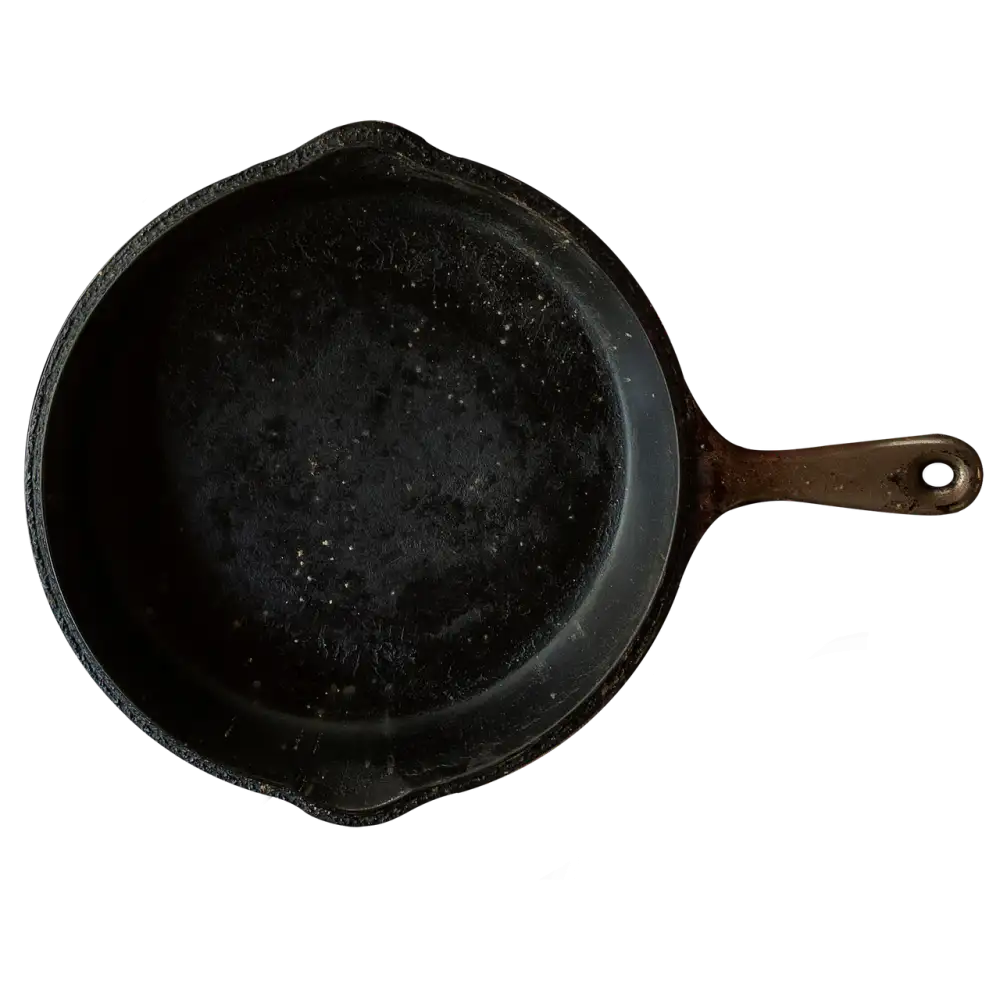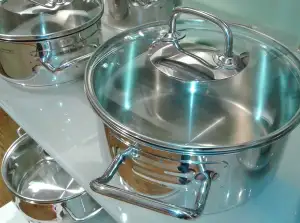Master the Art of Cast Iron Skillet Cleaning: Essential Tips for a Spotless Kitchen Staple

Gather materials: Salt, oil, sponge, paper towels.
To master the art of cast iron skillet cleaning, it's essential to gather the right materials beforehand. You will need salt, oil, a sponge, and paper towels. Salt acts as a gentle abrasive that helps in removing stuck-on food particles without damaging the skillet's seasoning. Oil is crucial for seasoning the skillet after cleaning, while a sponge and paper towels are handy for scrubbing and drying the skillet effectively. Having these materials on hand will make the cleaning process much smoother and more efficient.
Let the skillet cool down.
After using your cast iron skillet, it's crucial to allow it to cool down before cleaning. This step is essential to prevent any burns or accidents while handling the hot cookware. A hot skillet can also be more challenging to clean effectively as food particles may become stuck due to the heat. By letting the skillet cool down naturally, you ensure a safer and more efficient cleaning process. So, once you finish cooking, simply turn off the heat source and set the skillet aside to cool for about 15-20 minutes before proceeding with the cleaning steps.
Rinse with hot water and scrub gently.
After allowing your cast iron skillet to cool down, it's time to clean it. Rinse the skillet with hot water and use a sponge to gently scrub off any food residue. Avoid using soap as it can strip away the skillet's seasoning. The hot water helps to loosen any stuck-on bits, making them easier to remove without damaging the skillet's surface. Gently scrubbing ensures that you remove any remaining food particles without scratching the skillet.
Dry thoroughly with paper towels.
After rinsing the cast iron skillet with hot water and scrubbing gently to remove any food residue, it is crucial to dry it thoroughly. Use paper towels to wipe down the skillet inside and out until all moisture is removed. Any leftover water can lead to rusting, which can damage the skillet over time. Ensure that no water droplets remain on the surface before moving on to the next step of applying a thin layer of oil for protection against corrosion.
Apply a thin layer of oil to prevent rust.
After thoroughly drying your cast iron skillet, it's crucial to apply a thin layer of oil to prevent rust. This process, known as seasoning, helps maintain the skillet's non-stick surface and prolong its lifespan. Use a neutral oil like vegetable or canola oil, applying a small amount to a paper towel and rubbing it all over the skillet, inside and out. Make sure to wipe off any excess oil to avoid a sticky residue. The seasoned skillet should appear shiny but not greasy. This simple step will keep your cast iron in top condition for years to come.
Store in a dry place.
To ensure your cast iron skillet remains in top condition, it's crucial to store it properly. After cleaning and oiling your skillet, store it in a dry place to prevent any moisture from causing rust. Moisture is the enemy of cast iron cookware as it can lead to corrosion over time. A good option is to keep your skillet in a cupboard or on a shelf where it won't be exposed to humidity. Avoid storing it under the sink or near a dishwasher where steam can accumulate. By storing your cast iron skillet in a dry place, you'll prolong its lifespan and continue to enjoy cooking with this versatile kitchen staple for years to come.
Published: 08. 04. 2024
Category: Home



